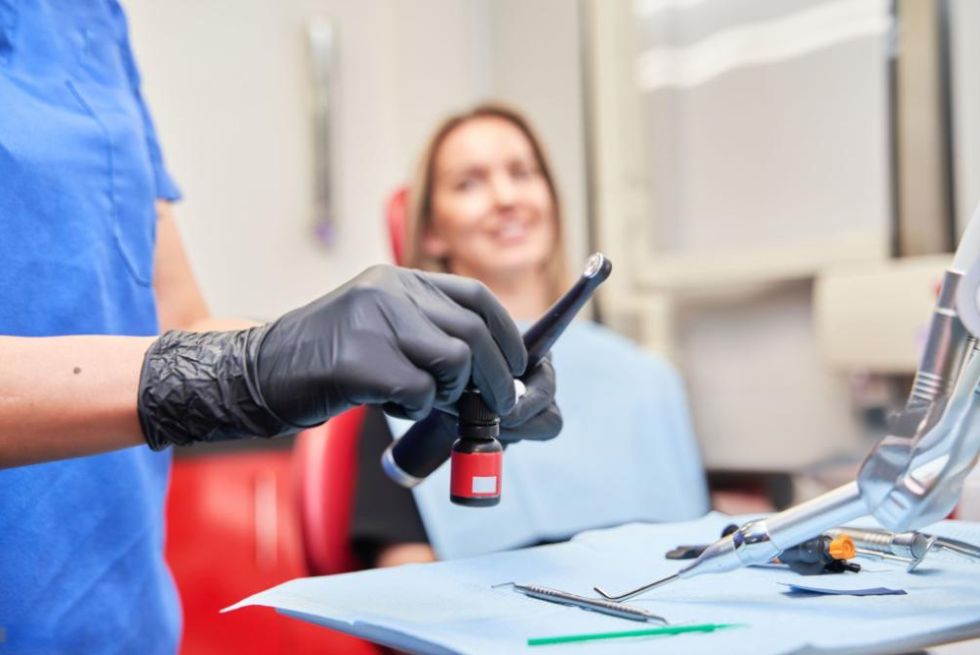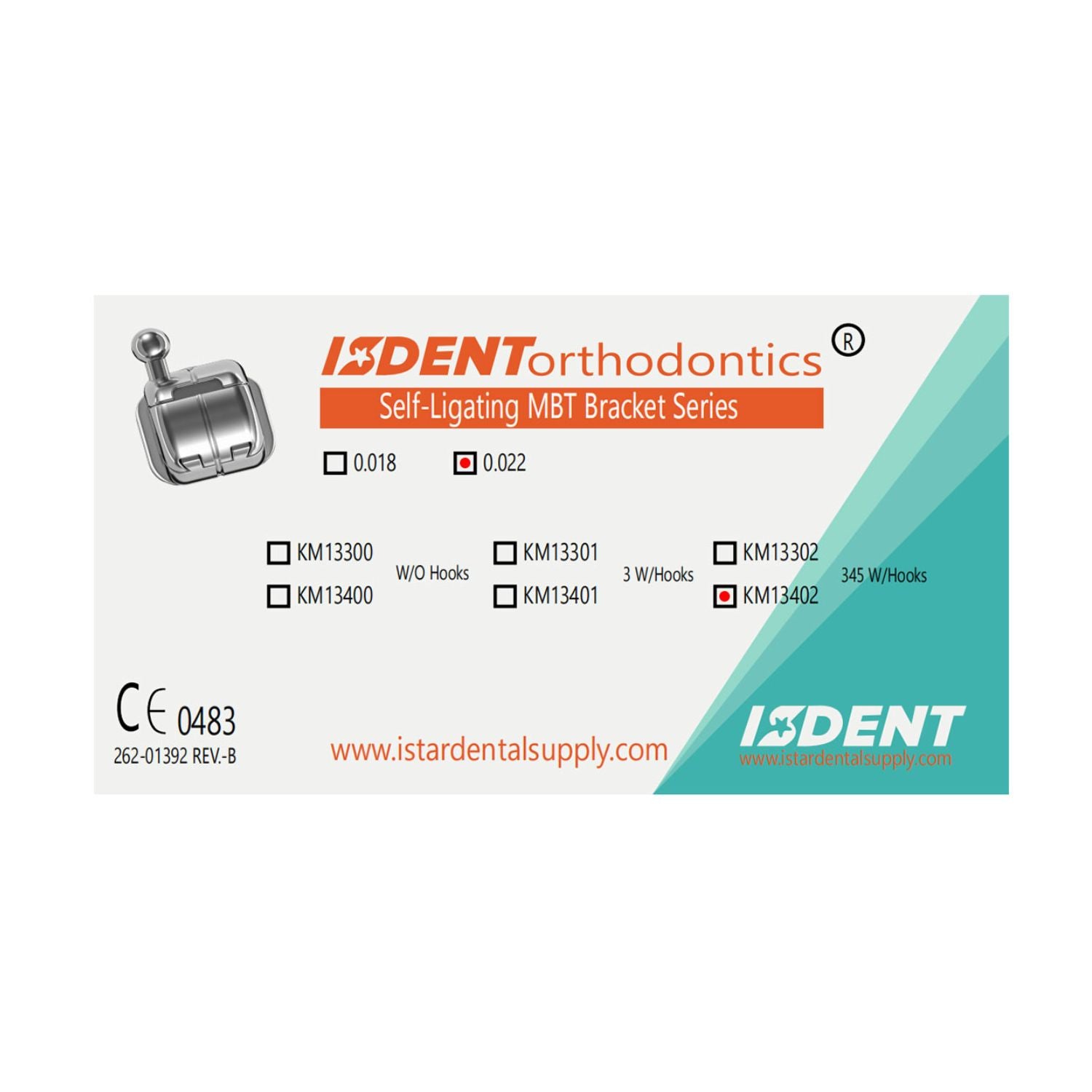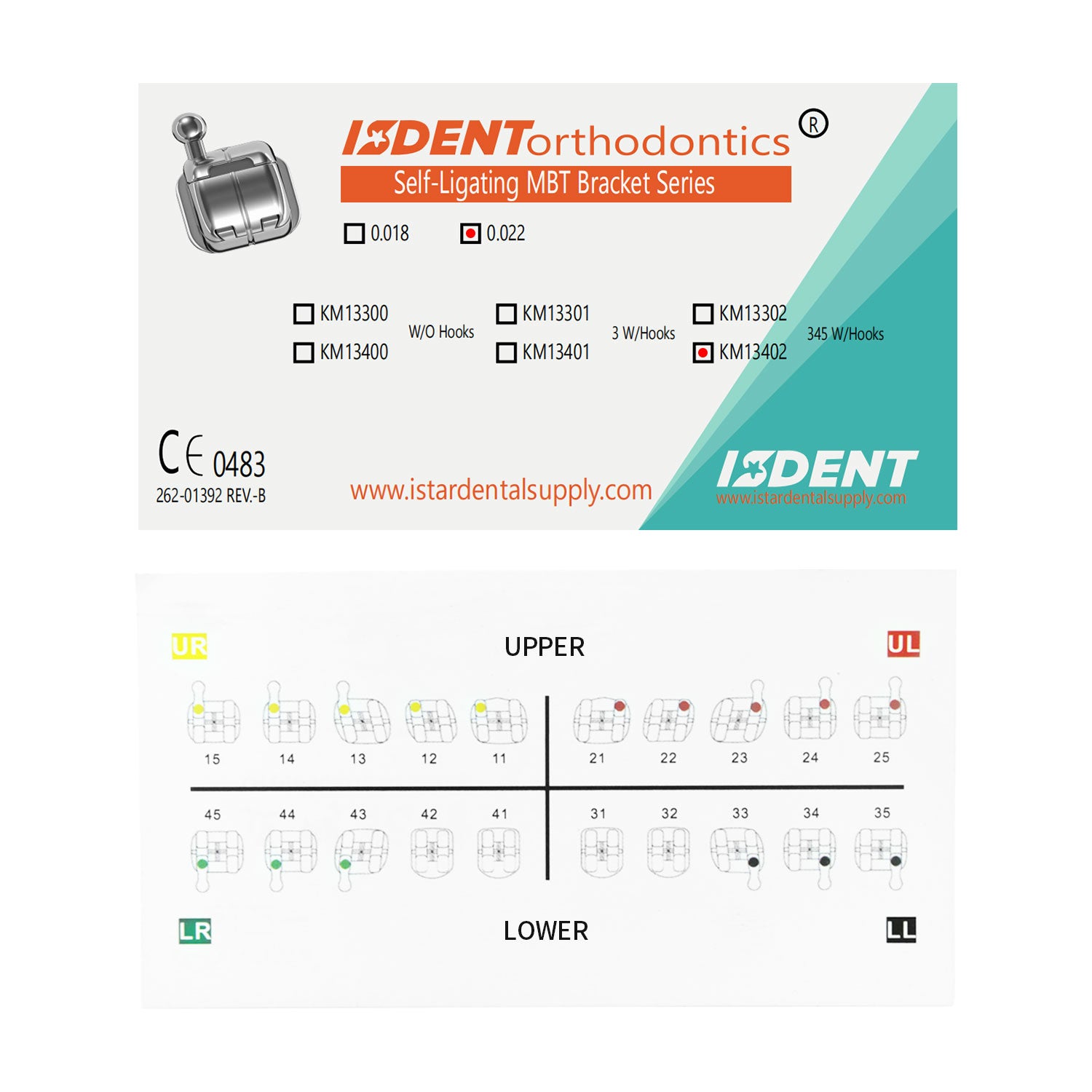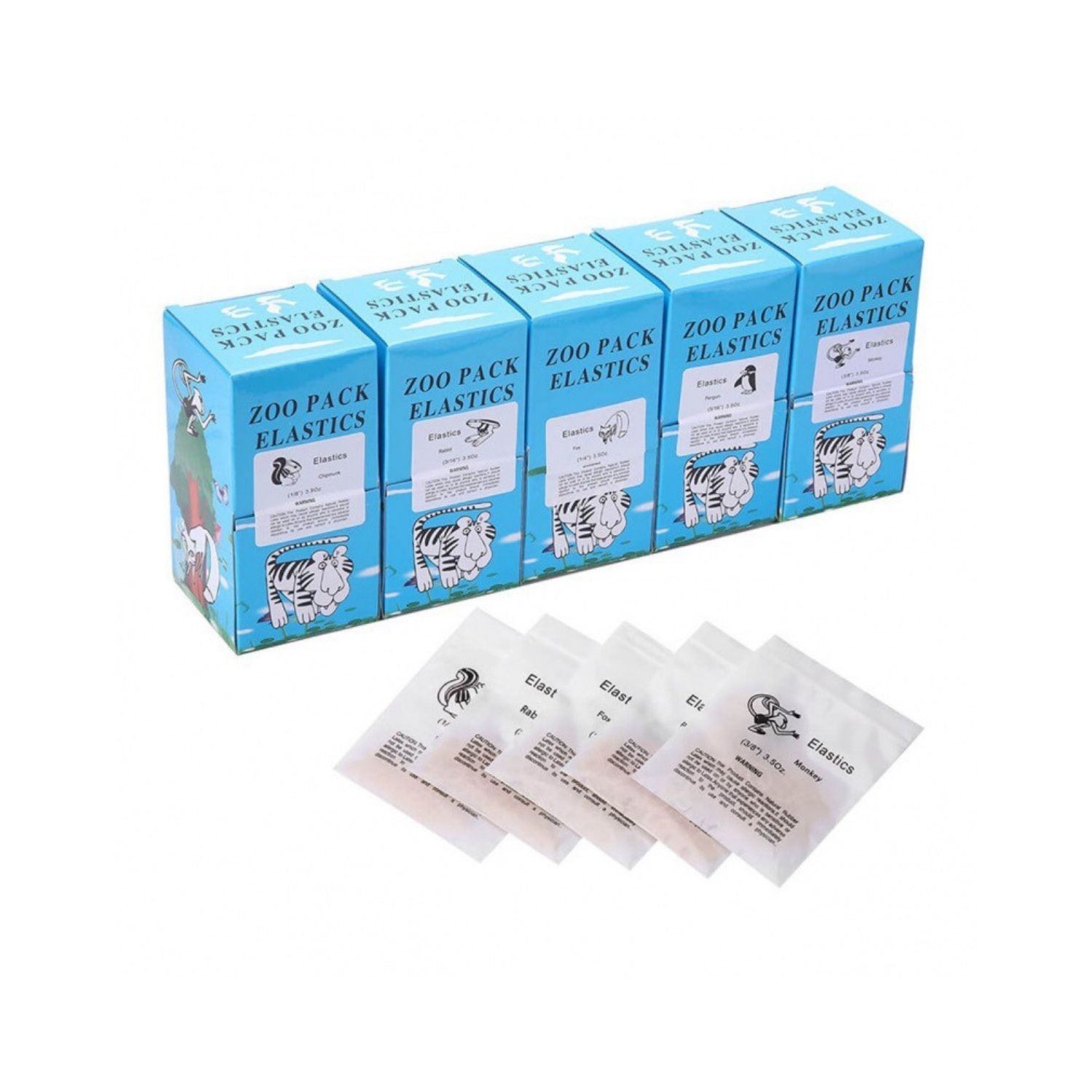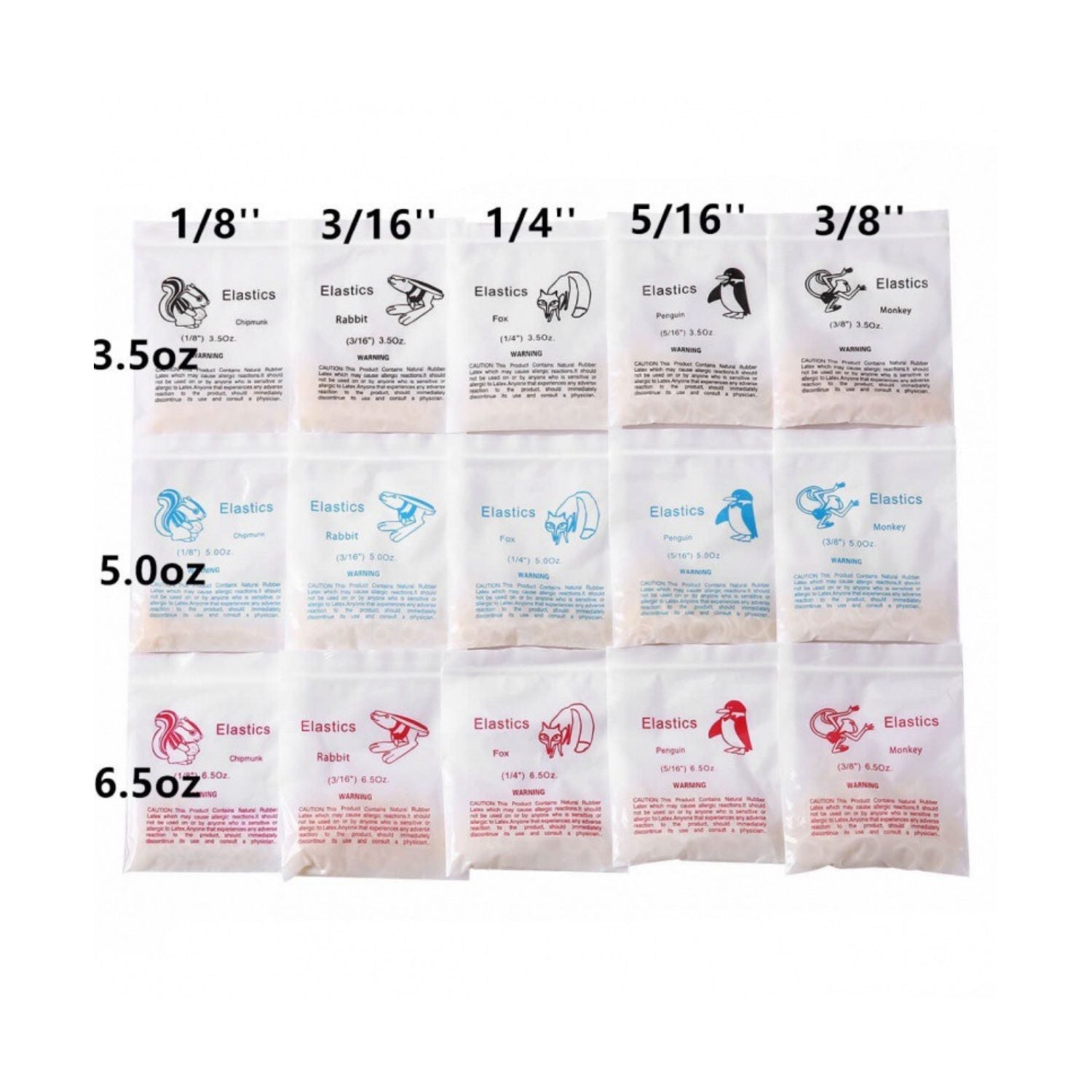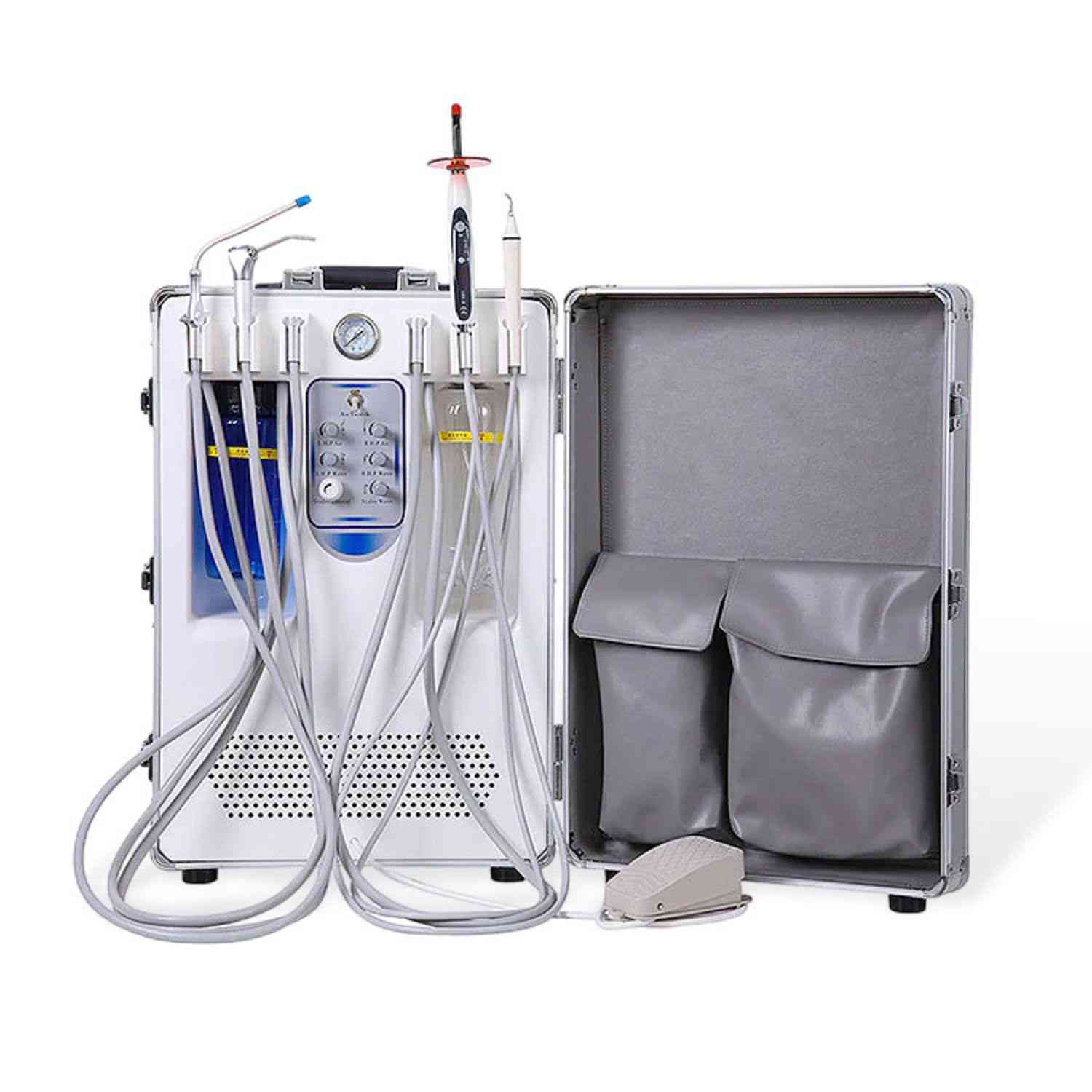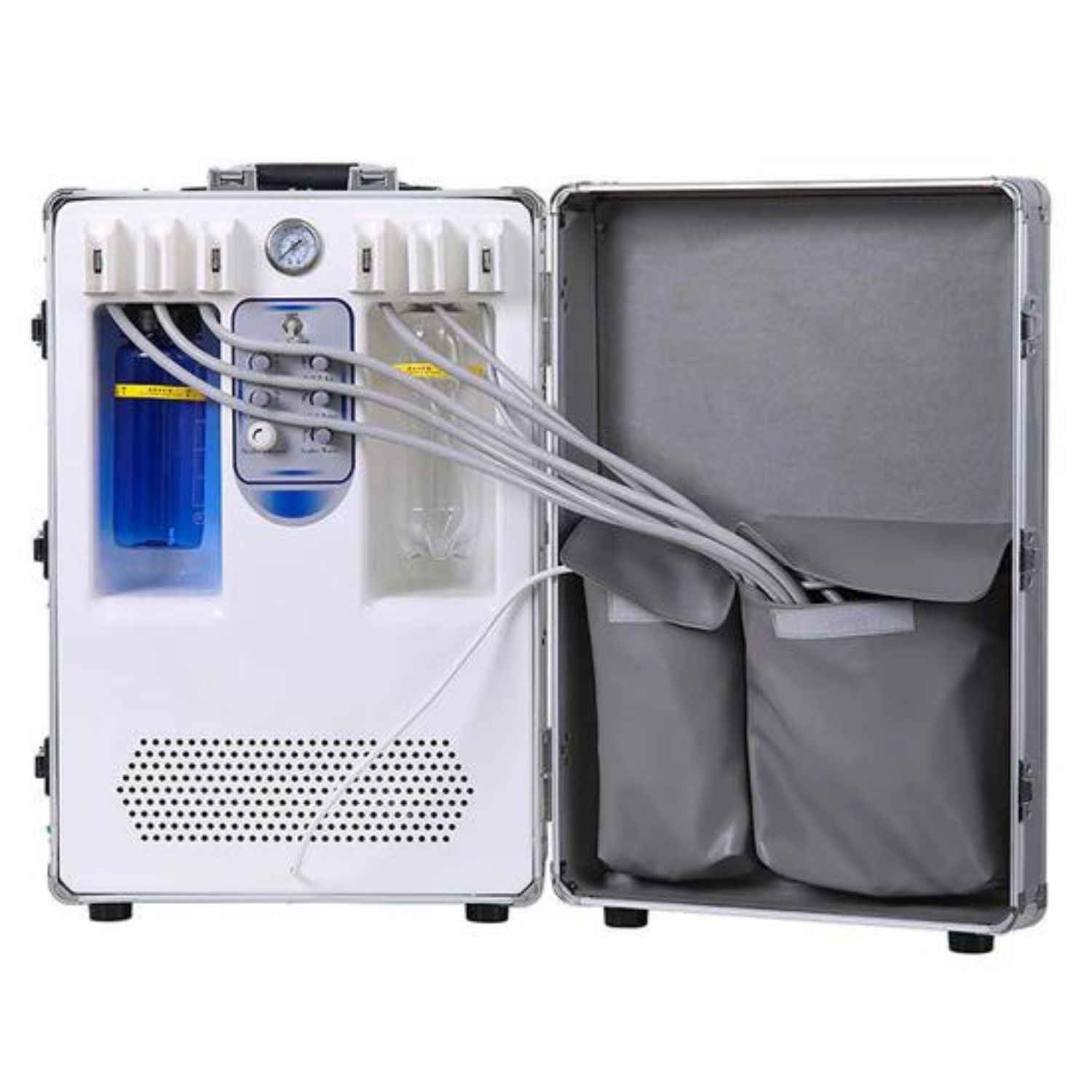Révolutionner les restaurations grâce à la technologie avancée de photopolymérisation
Introduction à la photopolymérisation des composites
Les résines composites dentaires sont devenues la pierre angulaire de la dentisterie restauratrice moderne, offrant des solutions esthétiques et fonctionnelles pour un large éventail de situations cliniques. Le succès de ces restaurations dépend en grande partie d'une polymérisation appropriée, obtenue grâce à l'application précise de l'énergie lumineuse à l'aide d'une lampe à polymériser dentaire. Un composite à lampe à polymériser fait donc référence au matériau composite lui-même, qui est spécifiquement conçu pour être durci ou « polymérisé » par exposition à une longueur d'onde de lumière spécifique, généralement dans le spectre de la lumière bleue. Ce processus transforme le matériau composite souple en une restauration durable de la couleur des dents. Istar Dental Supply vous propose le meilleur équipement pour votre cabinet.

Comprendre la classification des composites photopolymérisables
Les composites photopolymérisables peuvent être classés en fonction de plusieurs facteurs, notamment la taille des particules de charge, la composition chimique et l'application clinique prévue. La compréhension de ces classifications est essentielle pour sélectionner le matériau approprié à chaque cas spécifique.
Classification par taille de particule de remplissage :
- Composites microremplissage : Ces composites contiennent de très petites particules de remplissage (0,01-0,04 μm), ce qui se traduit par une excellente polissabilité et une excellente esthétique. Ils sont souvent utilisés pour les restaurations antérieures où un brillant élevé et une texture de surface lisse sont primordiaux.
- Composites microhybrides : Un mélange de particules de remplissage de petite et de grande taille (0,04-1 μm) assure un équilibre entre résistance et esthétique. Cette polyvalence les rend adaptés aux restaurations antérieures et postérieures.
- Composites nanohybrides : Ces composites utilisent la nanotechnologie, en incorporant des particules de remplissage de taille nanométrique (1 à 100 nm) ainsi que des particules plus grosses. Cette combinaison permet d'obtenir une résistance, une résistance à l'usure, une polissabilité et une esthétique supérieures.
- Composites de remplissage en vrac : Conçus pour des restaurations plus profondes, les composites bulk-fill peuvent être durcis par couches plus épaisses (jusqu'à 4-5 mm) par rapport aux composites traditionnels (généralement 2 mm). Cela réduit le besoin de superposition, ce qui permet de gagner un temps précieux au fauteuil. Ils y parviennent grâce à une translucidité accrue et à des photo-initiateurs modifiés.
Classification par composition chimique :
- Composites à base de Bis-GMA : Le type le plus courant, utilisant le méthacrylate de bisphénol A-glycidyle (Bis-GMA) comme matrice de résine principale.
- Composites à base d'UDMA : Les composites à base de diméthacrylate d'uréthane (UDMA) offrent un retrait de polymérisation plus faible et des caractéristiques de manipulation améliorées.
- Composites à base de silorane : Une nouvelle classe de composites comportant une matrice de silorane, connue pour son retrait de polymérisation exceptionnellement faible, réduisant ainsi les contraintes sur la structure de la dent.
Classification selon l'usage prévu :
- Composites antérieurs : Optimisé pour l'esthétique, avec une excellente correspondance des teintes et une excellente aptitude au polissage.
- Composites postérieurs : Formulé pour la résistance et la résistance à l'usure afin de résister aux forces occlusales dans la région postérieure.
- Composites fluides : Composites à faible viscosité qui s'écoulent facilement dans les préparations de cavités, idéaux pour le revêtement des cavités ou comme produits de scellement des puits et des fissures.
- Composites de reconstitution de noyau : Composites à haute résistance utilisés pour reconstruire les dents gravement endommagées avant la pose de la couronne.

Les avantages incomparables de la photopolymérisation des composites
Les composites photopolymérisables offrent de nombreux avantages par rapport aux matériaux de restauration traditionnels comme l'amalgame :
- Esthétique supérieure : Les composites sont disponibles dans une large gamme de teintes et d'opacités, ce qui permet une correspondance précise des couleurs avec la dentition naturelle. Cela permet de créer des restaurations pratiquement impossibles à distinguer de la structure dentaire environnante.
- Préparation dentaire conservatrice : Le collage composite permet une préparation dentaire peu invasive, préservant ainsi une structure dentaire plus saine par rapport aux restaurations en amalgame.
- Collage à la structure dentaire : Les composites se lient directement à la structure de la dent grâce à des systèmes adhésifs, créant une restauration solide et durable qui scelle la dent contre les microfuites.
- Versatilité: Les composites peuvent être utilisés pour une grande variété de procédures de restauration, y compris les obturations, les incrustations, les onlays, les facettes et même les reconstitutions de noyau.
- Réparabilité : Si une restauration composite s’écaille ou se fracture, elle peut souvent être réparée sans qu’il soit nécessaire de la remplacer complètement.
Informations analytiques : l'importance d'un séchage approprié
La profondeur de polymérisation est un facteur essentiel pour déterminer le succès des restaurations composites. Une polymérisation insuffisante peut entraîner divers problèmes, notamment :
- Propriétés physiques réduites (solidité, résistance à l'usure)
- Risque accru de fuite marginale et de carie secondaire
- Sensibilité postopératoire
- Décoloration de la restauration
« Le succès clinique des restaurations composites est directement lié au degré de polymérisation atteint. Une photopolymérisation adéquate n'est pas seulement une étape du processus ; c'est la base d'un succès à long terme. » - Dr Lee, DDS, leader d'opinion clé en dentisterie restauratrice
Le tableau suivant illustre la relation entre le temps de durcissement, l’intensité lumineuse et la profondeur de durcissement :
| Intensité lumineuse (mW/cm²) | Temps de durcissement (secondes) | Profondeur de durcissement (mm) |
|---|---|---|
| 400 | 40 | 1,5 |
| 800 | 20 | 2.5 |
| 1200 | 10 | 3.5 |
Note: Ce tableau est fourni à titre indicatif uniquement. Reportez-vous toujours aux instructions du fabricant pour connaître les temps de durcissement spécifiques et les recommandations d'intensité lumineuse pour chaque matériau composite. En outre, un bon Appareil de radiographie dentaire peut aider à suivre l’état de la restauration.

Questions fréquemment posées (FAQ)
-
Q : Quelle est la durée de conservation des composites photopolymérisables ?
UN: La durée de conservation varie en fonction du fabricant et des conditions de stockage. En règle générale, les seringues composites non ouvertes ont une durée de conservation de 2 à 3 ans lorsqu'elles sont stockées dans un endroit frais et sombre, à l'abri de la lumière directe du soleil et de la chaleur.
-
Q : Puis-je utiliser n’importe quelle lampe de polymérisation avec n’importe quel composite ?
UN: Bien que la plupart des lampes de polymérisation émettent une lumière dans la gamme de longueurs d'onde bleues, il est essentiel de garantir la compatibilité entre la lampe de polymérisation et le matériau composite. Pièce à main dentaire à LED sont généralement compatibles avec la plupart des composites, mais il est toujours préférable de consulter les instructions du fabricant.
-
Q : Comment éviter les bulles d’air dans mes restaurations composites ?
UN: Une technique de mise en place minutieuse, utilisant une superposition progressive et évitant une distribution rapide peut aider à minimiser l'emprisonnement d'air. Des composites fluides peuvent également être utilisés pour recouvrir la préparation de la cavité et réduire le risque de vides.
- Q : Qu’est-ce qui peut affecter la profondeur de durcissement ? UN:
- Intensité lumineuse de l'unité de durcissement.
- Distance entre la pointe lumineuse et le composite.
- Teinte et opacité du composite (les teintes plus foncées nécessitent des temps de durcissement plus longs).
- Épaisseur de l'incrément composite.
- Délai d'exposition.
- Q : Comment conserver mon composite dans de bonnes conditions ? UN: Vous devez le conserver dans un endroit frais et sombre, et l'éloigner des produits contenant de l'eugénol, car cela peut influencer le processus de durcissement. Si vous utilisez des seringues, vous devez les garder fermées.
Conclusion : un partenariat pour réussir
Chez ISTAR Dental Supply, nous nous engageons à fournir aux professionnels dentaires des matériaux et des équipements de la plus haute qualité pour offrir des soins exceptionnels aux patients. Nos composites photopolymérisables, associés à notre gamme complète de Équipement dentaire, représentent le summum de la technologie en dentisterie restauratrice. Nous sommes fiers de nous associer à vous pour obtenir des résultats cliniques optimaux et créer de beaux sourires sains. N'oubliez pas que nous disposons également d'autres outils importants, tels que Caméra intra-orale qui vous aidera à améliorer les résultats de vos procédures.

